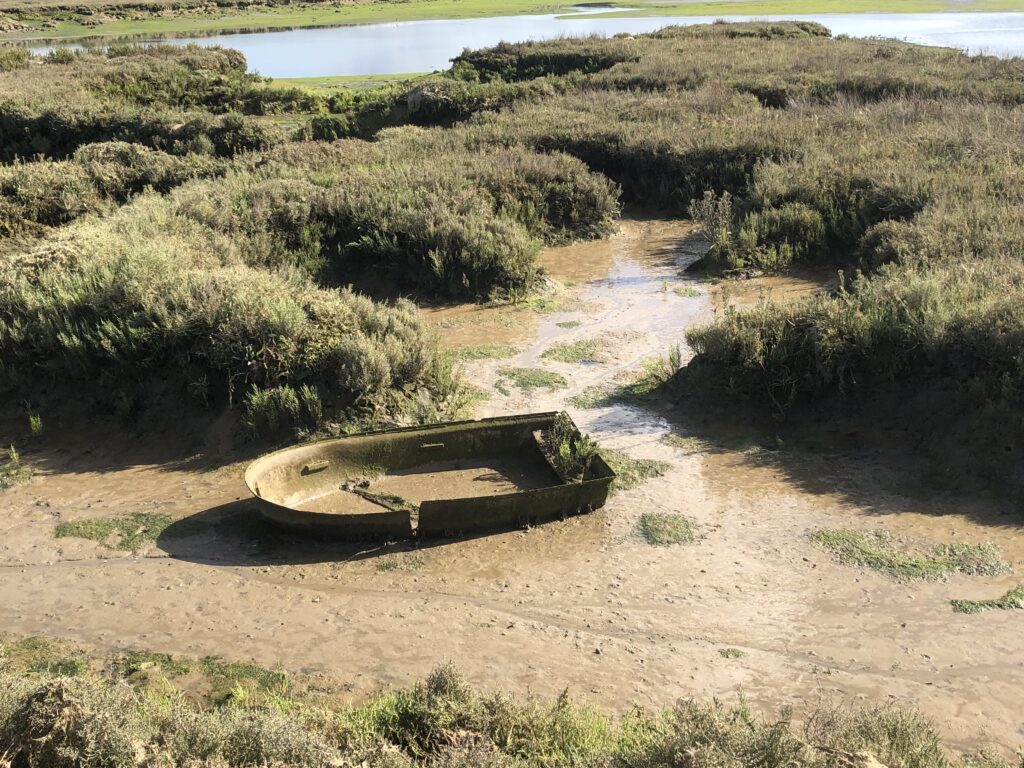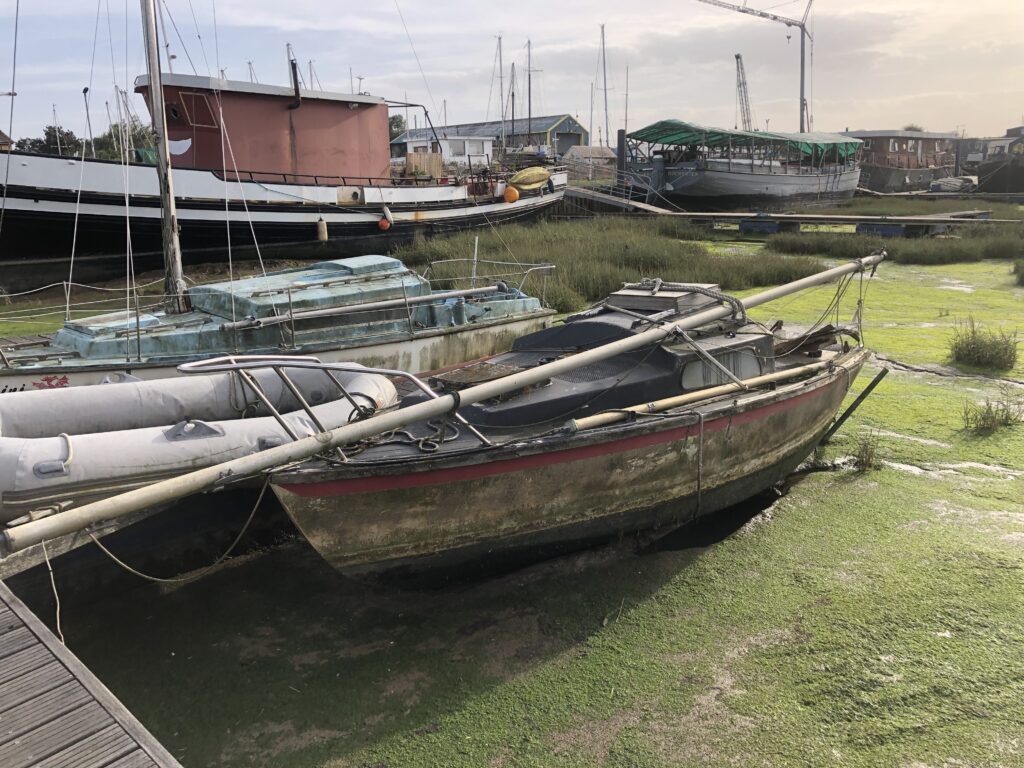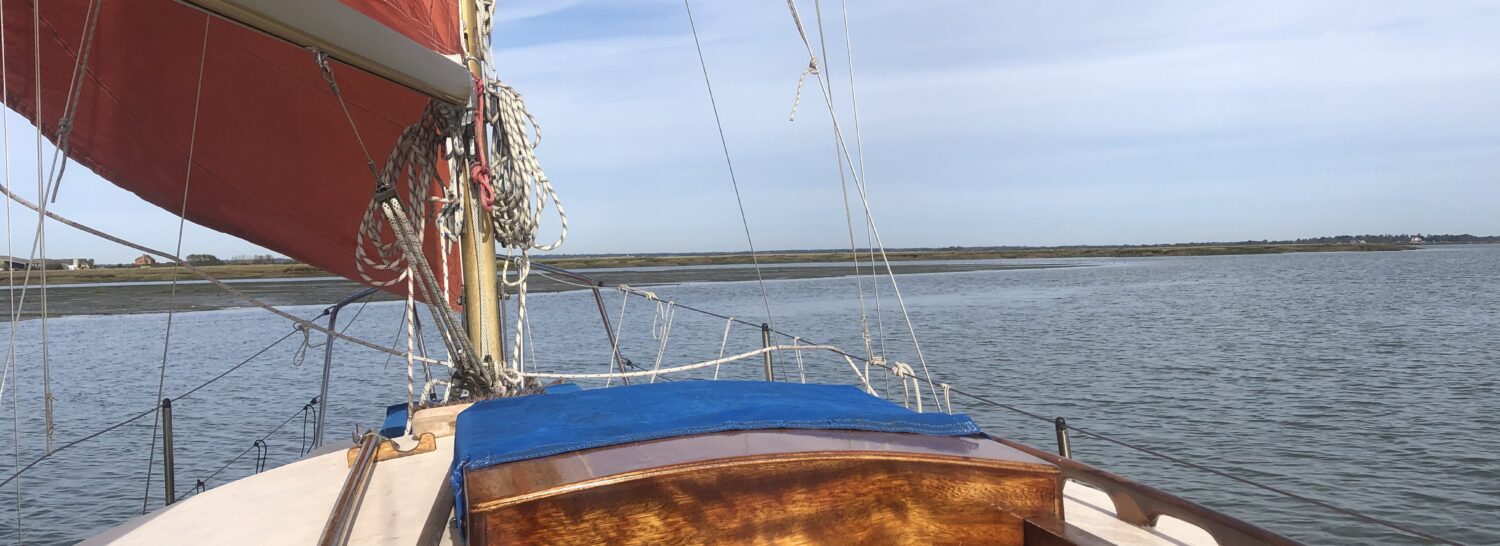Familiar or what!
The problem of unwanted craft around our UK moorings and boatyards along with discarded and abandoned vessels along creeks and riverbanks has been an increasingly sticky problem.
It is something our European cousins have cottoned onto too. A figure placed on such craft sits at around a million vessels. Of what minimum size, I can’t recall.
So, when I spotted in a Marine Industry News article a couple of weeks back that there was just such a problem around the waterways and lakes of the USA, I smiled. Let’s face it, why should it be anything different?
Apparently the problem has rocketed with numbers of craft being left to fend for themselves until they founder or break moorings and settle into a river bank.
The problem has reached such proportions that it has become noticeable. A solution is being sought. The American Boat Owners Association have received central funding for grant applications to make a start on dealing with the problem. A systematic removal is planned.
See: https://marineindustrynews.co.uk/boatus-foundation-opens-7-5m-funding-to-remove-derelict-vessels/
Now, in the UK we have the British Marine Federation – a builder/yard/marina ‘set’ looking after their interests. We also have the ‘use-less’ Royal Yachting Association, which seems interested in racing and gold medals than the interest of cruising and casual sailors.
As many will know, I cancelled my forty-five year membership over the RYA’s ‘disconnect’ from the Calor Gas problem.
However, they represent, in theory, the user group – US! What have they done? As far as I know, Nothing.
It is a subject I have harped on about for a very long time, long before I saw anything else in the media. See:
Wherever one walks along the shores of Essex and Kent the saltings rim is often the graveyard for an old thing that has drifted up on the tide.

In the past it was generally acceptable to let an old wooden vessel die on a river bank or patch of saltings where it would eventually rejoin the environment from which it came. Now it is not.
Since moving to The Blackwater Marina, which is a traditional yard as well, I have noted a number of vessels being broken up. During the spring an old MFV-type’ was placed in a floating dock and dismantled. Much was burnt, but some had to go to landfill. Other bits – outfit materials – were dismantled and went away somewhere…

Another similar vessel in a parlous state which was towed round from the West Mersea houseboat moorings awaits cutting up. Sadly, much of the hull timber was in a relatively good condition, however, talking to one of the dismantling crew, he pointed out where poor maintenance led up to its fate – a far too common story!
Currently an old steel tank barge briefly a failed houseboat project is being cut up.

In the yard there are craft fit only for disposal, in the moorings too … however, as yard managers have aft told me, ‘if the bills are being paid…’
It is a problem.
It is a problem that has to be dealt with!
In that, the ‘solution’ being worked in the USA may lead to government funding to assist in disposal for it is not cheap. It is that or local authorities and yards need the legal teeth to go after an owner, or if one cannot be found to apply for a grant to legally dismantle such vessels.
At the end of the day, an end of life plan must evolve: plastic (GRP) cannot rot or be burnt as wood can or steel recycled.
Food for thought.
